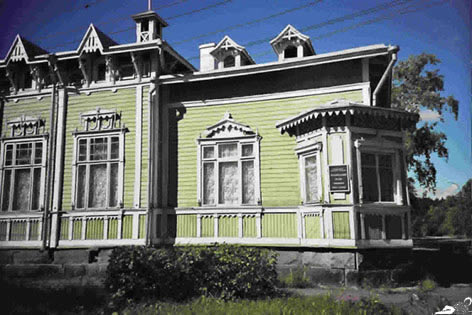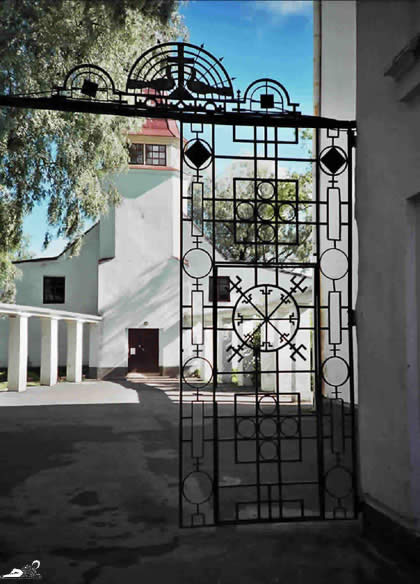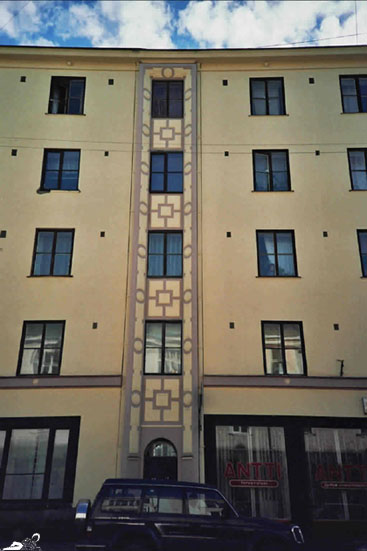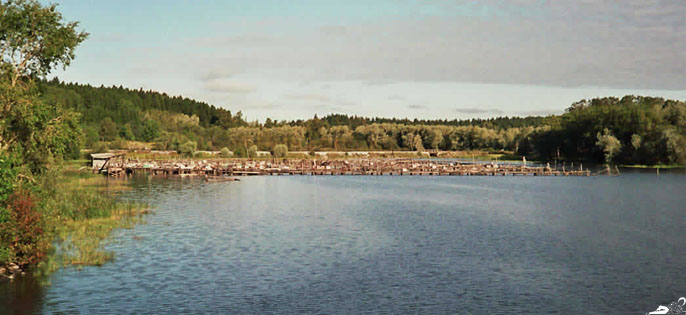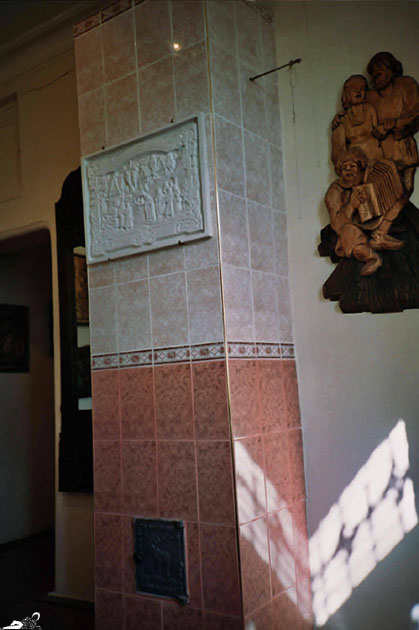|
Sortavala – the town where the Kalevala started Well. it wasn’t really made here, as the Kalevala – the book of legends of the Finn people – is the result of the collection of popular tales that were told/sung in the villages by the bards, who accompanied it with a kind of cithera, the kantele.
But though Sortavala generally isn’t linked too much with the creation of the Kalevala, its author, Elias Lönnrot who collected these legends and edited them as the "Kalevala", started his collection trips into Karelia from Sortavala where a friend of him lived, being the parish priest, who supported and encouraged his research in Finnish popular culture.
Sortavala is one of the main towns of Karelia which the Finns consider the true cradle of their popular culture, among other reasons for the fact that Karelia has less than the other parts of Finland been exposed to Swedish dominion and assimilation. Only a small part of Karelia is in Finland, in the Southeast, with the towns of Joensuu and Lappeenrantta. The larger part of Karelia is in Russia.
Sortavala is a fine specimen of Scandinavian art noveau architecture.
Sortavala, though, was founded by the Swedes around 1640 on the shores of Lake Ladoga. When Sweden lost this territory to Russia as a result of the Northern War in 1721 the town’s name was changed to Serdobol. After Finland became independent it became part of Finland and was renamed to Sortavala.
Sortavala belonged to Finland till the "Winter War" of 1939. The Winter War, aimed at recapturing Finland on the eve of World War II to a certain extent was a disaster for the Soviet Union as it lost far more soldiers than the Finns and was not able to conquer Finland. Still, as a result Finland in spring of 1940 had to cede Eastern Karelia, including Sortavala that had been bombed heavily in the winter of 1939. Most of its inhabitants left then and went to the remaining parts of Finland.
In the "Continuation War" of 1941 Finland sided with Germany and invaded Soviet Union, allegedly to recuperate the lost territories of Karelia. But then it pressed on and even took Petrozavodsk which had never been Finnish. The Finnish invasion proved a serious threat to Soviet Union, and endangered the anyhow difficult supply of besieged Leningrad.
In 1944 the Germans were defeated on Soviet territory and Soviet troops conquered Vyborg, threatening to occupy all of Finland. In September 1944 an armistice was signed whose conditions were enforced in a peace treaty in Paris 1947. Finland again had to hand over Eastern Karelia, including Sortavala.
Art in Sortavala |

